Time crystals are a new form of matter that repeat through time without energy. This quantum breakthrough could revolutionize technology and computing forever.


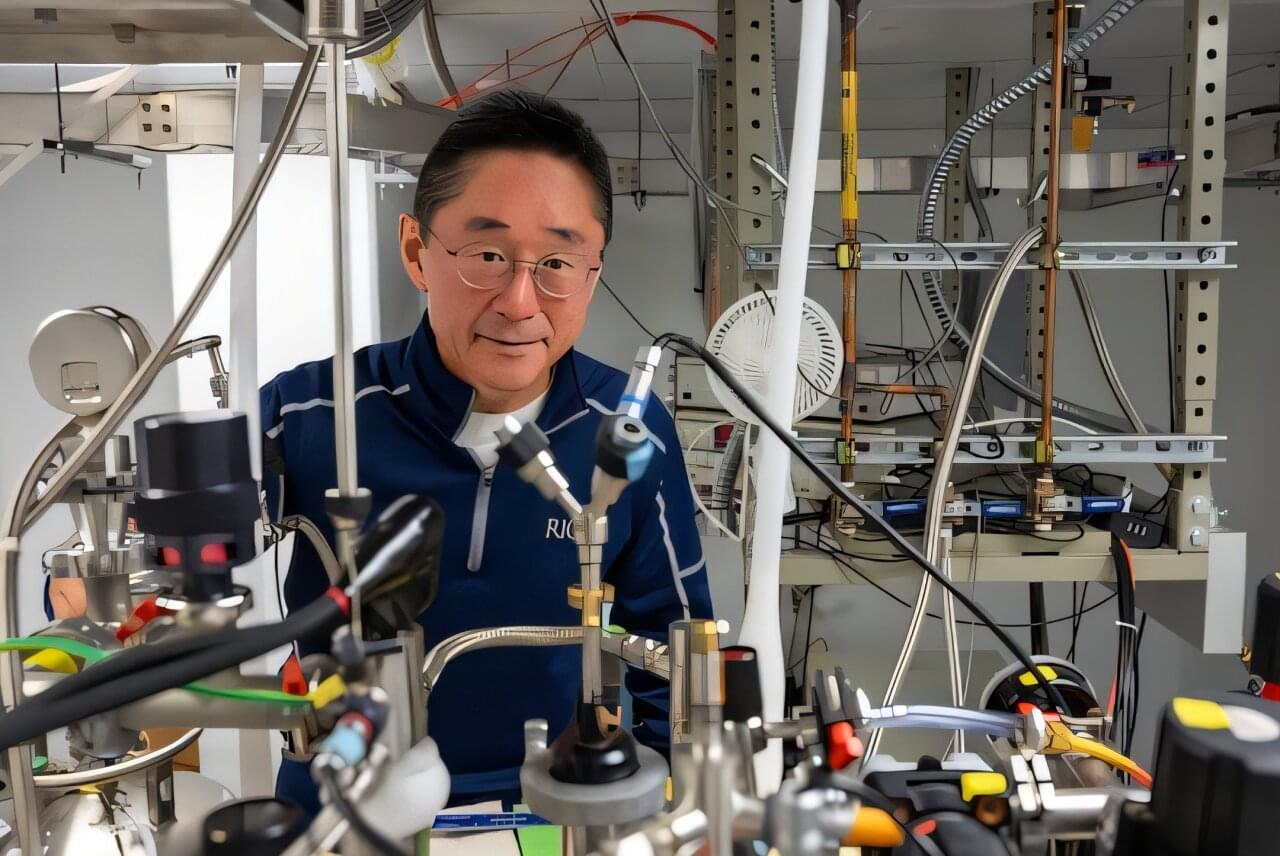
A team of Rice University researchers has developed a new way to control light interactions using a specially engineered structure called a 3D photonic-crystal cavity. Their work, published in the journal Nature Communications, lays the foundation for technologies that could enable transformative advancements in quantum computing, quantum communication and other quantum-based technologies.
“Imagine standing in a room surrounded by mirrors,” said Fuyang Tay, an alumnus of Rice’s Applied Physics Graduate Program and first author of the study. “If you shine a flashlight inside, the light will bounce back and forth, reflecting endlessly. This is similar to how an optical cavity works—a tailored structure that traps light between reflective surfaces, allowing it to bounce around in specific patterns.”
These patterns with discrete frequencies are called cavity modes, and they can be used to enhance light-matter interactions, making them potentially useful in quantum information processing, developing high-precision lasers and sensors and building better photonic circuits and fiber-optic networks. Optical cavities can be difficult to build, so the most widely used ones have simpler, unidimensional structures.
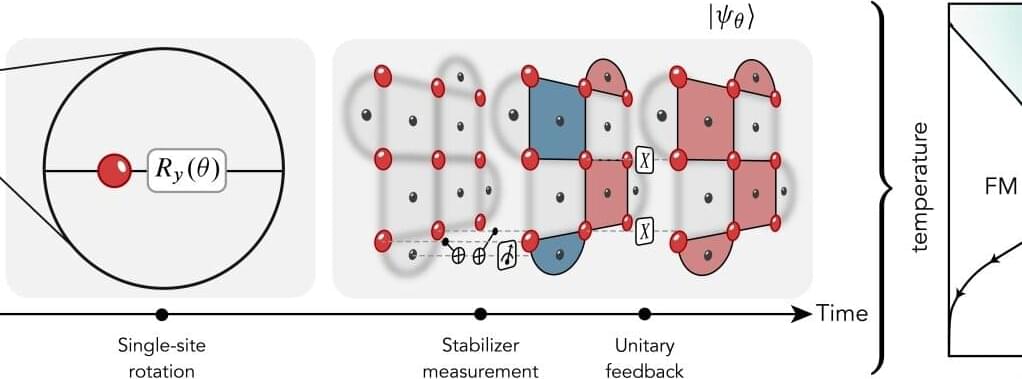
Imagine the tiniest game of checkers in the world—one played by using lasers to precisely shuffle around ions across a very small grid.
That’s the idea behind a recent study published in the journal Physical Review Letters. A team of theoretical physicists from Colorado has designed a new type of quantum “game” that scientists can play on a real quantum computer—or a device that manipulates small objects, such as atoms, to perform calculations.
The researchers even tested their game out on one such device, the Quantinuum System Model H1 Quantum Computer developed by the company Quantinuum. The study is a collaboration between scientists at the University of Colorado Boulder and Quantinuum, which is based in Broomfield, Colorado.
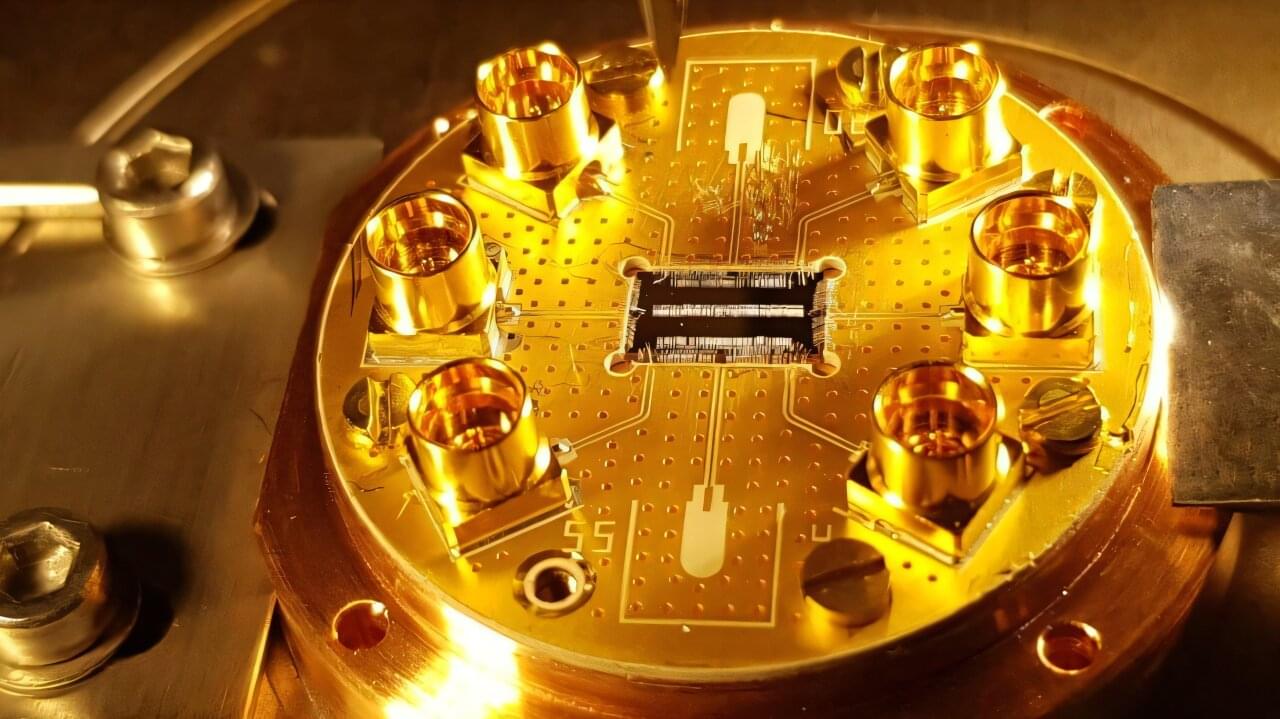
Scientists at EPFL have made a breakthrough in designing arrays of resonators, the basic components that power quantum technologies. This innovation could create smaller, more precise quantum devices.
Qubits, or quantum bits, are mostly known for their role in quantum computing, but they are also used in analog quantum simulation, which uses one well-controlled quantum system to simulate another more complex one. An analog quantum simulator can be more efficient than a digital computer simulation, in the same way that it is simpler to use a wind tunnel to simulate the laws of aerodynamics instead of solving many complicated equations to predict airflow.
Key to both digital quantum computing and analog quantum simulation is the ability to shape the environment with which the qubits are interacting. One tool for doing this effectively is a coupled cavity array (CCA), tiny structures made of multiple microwave cavities arranged in a repeating pattern where each cavity can interact with its neighbors. These systems can give scientists new ways to design and control quantum systems.
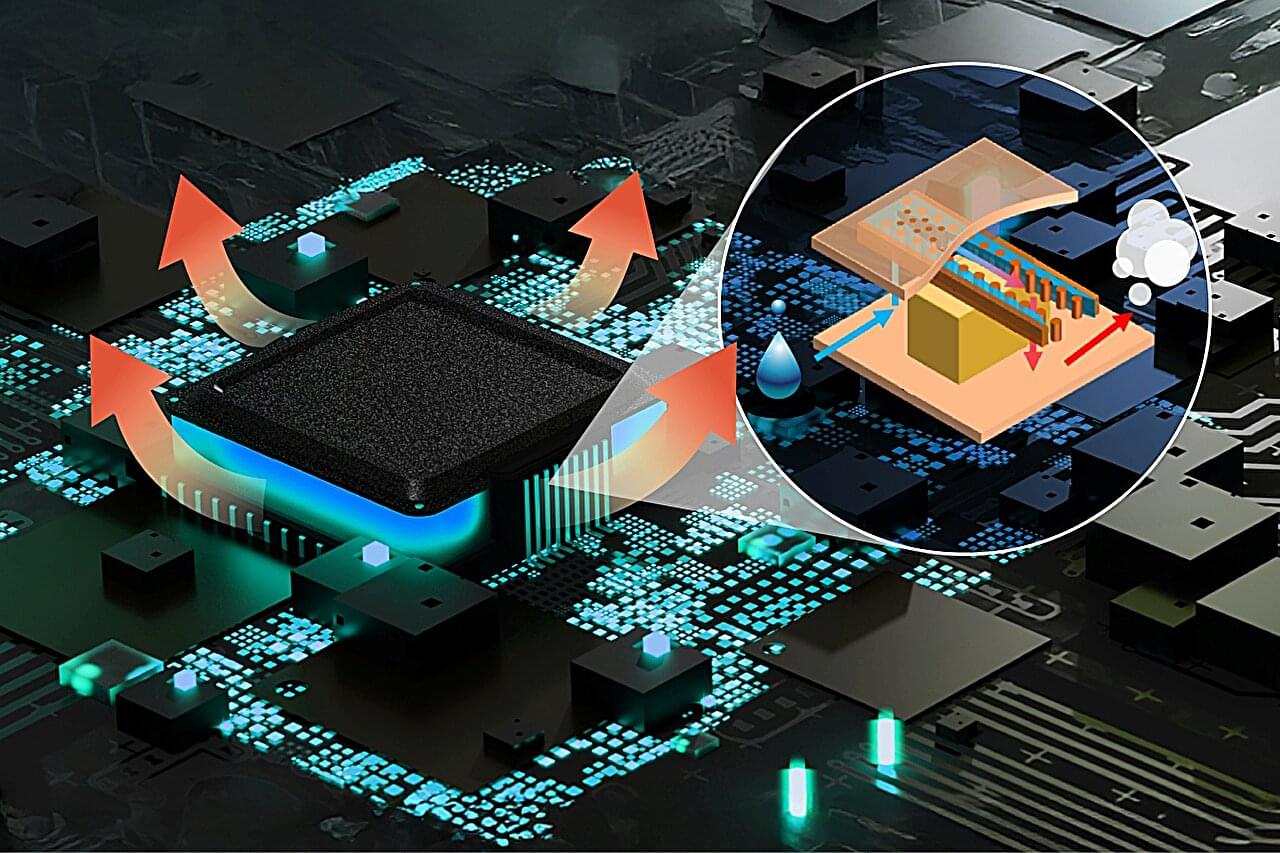
The exponential miniaturization of electronic chips over time, described by Moore’s law, has played a key role in our digital age. However, the operating power of small electronic devices is significantly limited by the lack of advanced cooling technologies available.
Aiming to tackle this problem, a study published in Cell Reports Physical Science, led by researchers from the Institute of Industrial Science, The University of Tokyo, describes a significant increase in performance for the cooling of electronic chips.
The most promising modern methods for chip cooling involve using microchannels embedded directly into the chip itself. These channels allow water to flow through, efficiently absorbing and transferring heat away from the source.

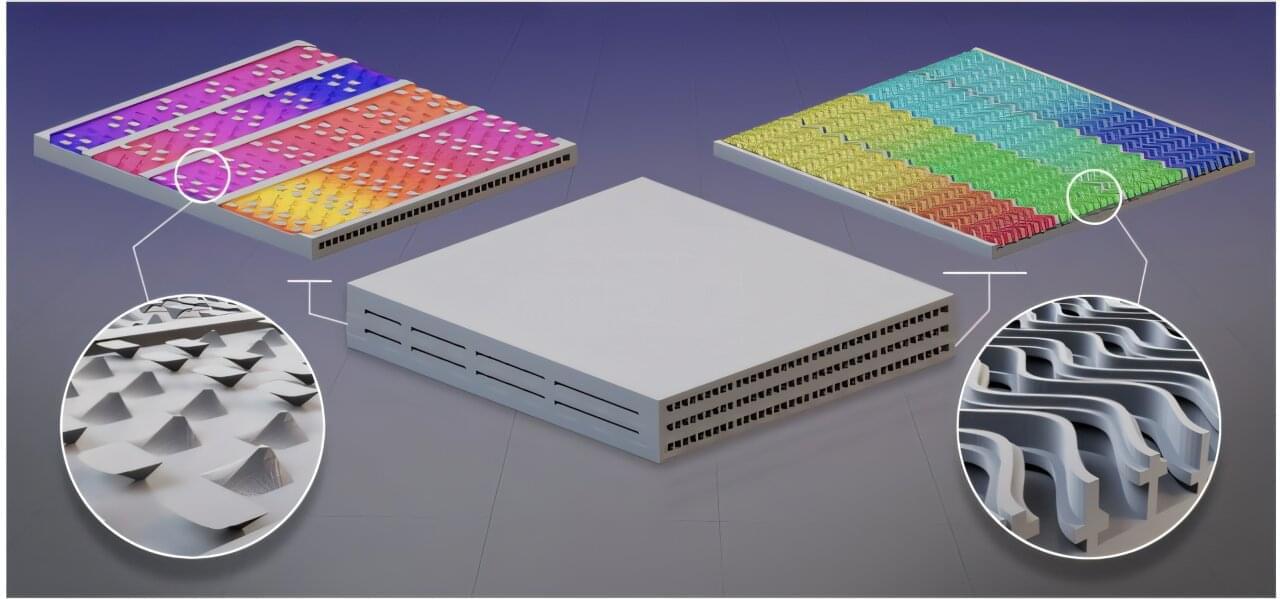
Billions of heat exchangers are in use around the world. These devices, whose purpose is to transfer heat between fluids, are ubiquitous across many commonplace applications: they appear in HVAC systems, refrigerators, cars, ships, aircraft, wastewater treatment facilities, cell phones, data centers, and petroleum refining operations, among many other settings.

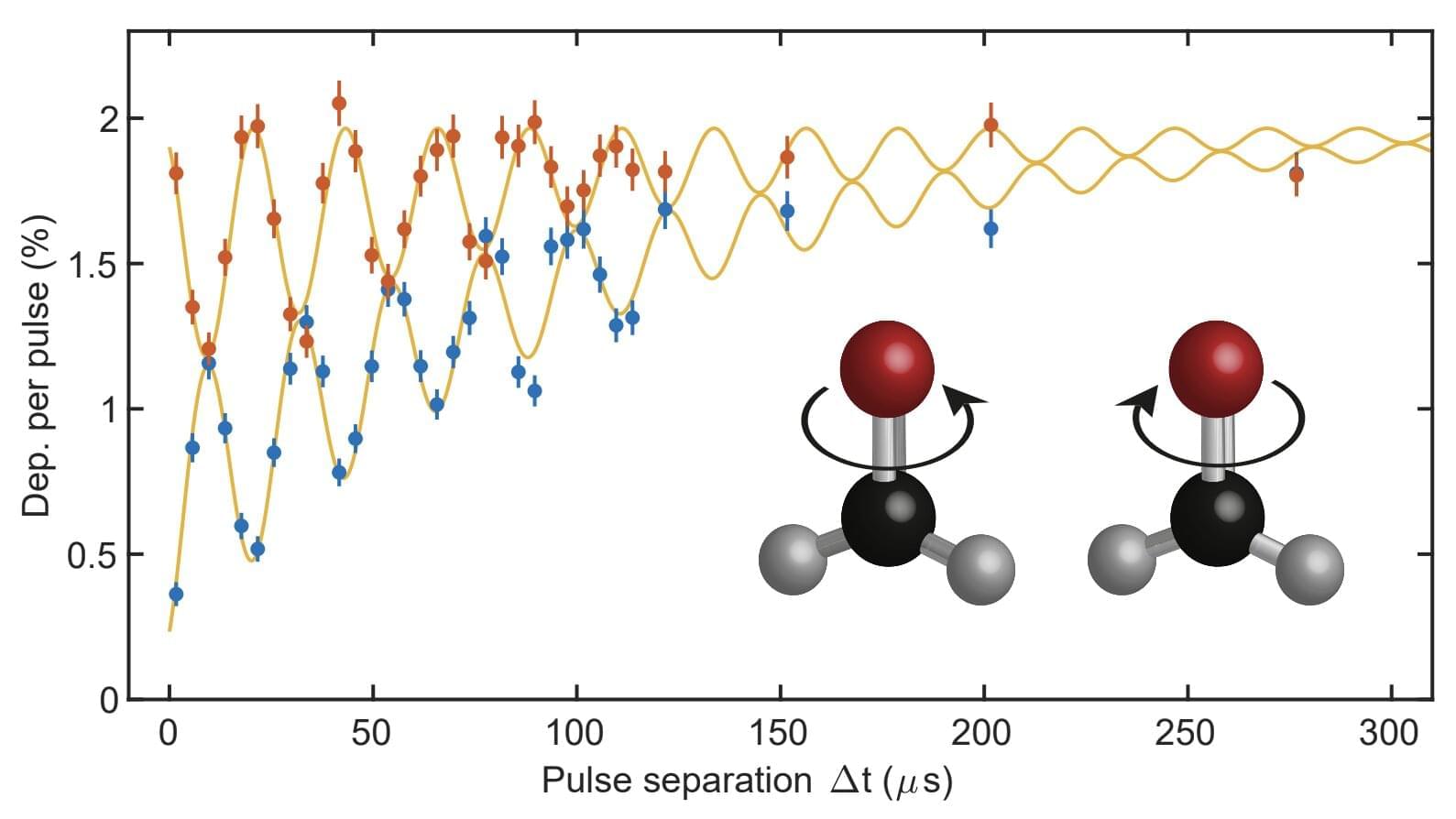
Over the past decades, researchers have been trying to develop increasingly advanced and powerful quantum computers, which could outperform classical computers on some tasks. To attain this, they have been trying to identify new ways to store and manipulate qubits, which are the fundamental units of information in quantum computing systems.
So far, most studies have developed quantum systems that store qubits using superconducting materials, trapped ions, and the spin of electrons confined in quantum dots (i.e., tiny semiconductor-based structures).
Another promising and yet so far rarely explored platform for the storage and manipulation of qubits relies on polar polyatomic molecules, which are molecules with more than two atoms and an uneven distribution of electric charge.

A pair of physicists at Universidad Nacional de Mar del Plata, in Argentina, have created a computer simulation of the famed Antikythera Mechanism and in so doing have found that manufacturing inaccuracies may have caused the device to jam so often it would have been very nearly unusable—if it was in the condition it is now. Esteban Szigety and Gustavo Arenas have posted a paper on the arXiv preprint server describing the factors that went into their simulation and what it showed.
In 1901, divers looking for sponges off the coast of the Greek island, Antikythera, discovered a mechanical device among the ruins of a sunken ship. The mysterious device was dated to the late second or early first century BCE, and from that time on there has been much debate in the scientific community regarding its purpose.
Some markings on the device suggest it could be used to track time and astronomical events and even predict some others, such as the arrival of a comet, courtesy of its intricate gears and pointing indicators, by turning its hand crank. Since only one of the devices has ever been found, some have suggested it had an otherworldly origin.